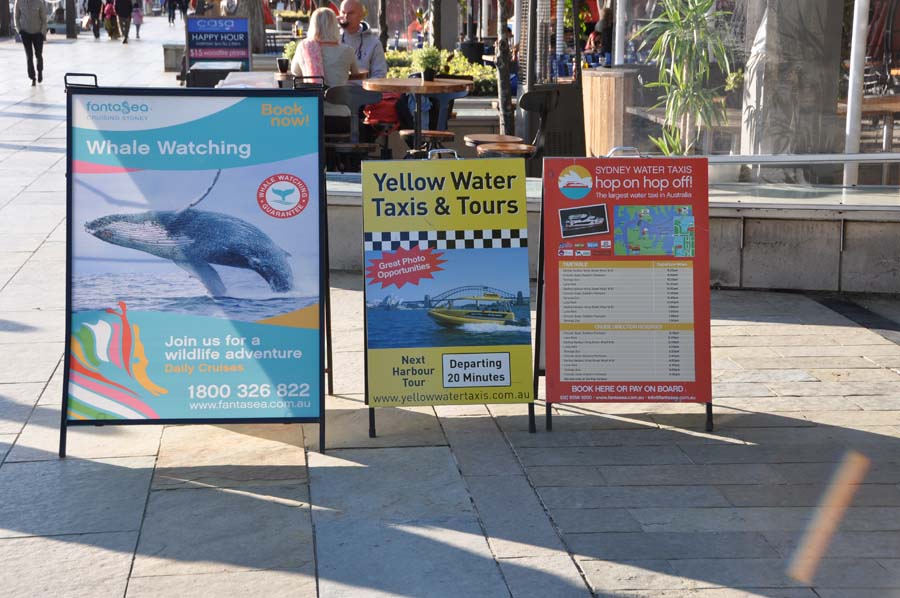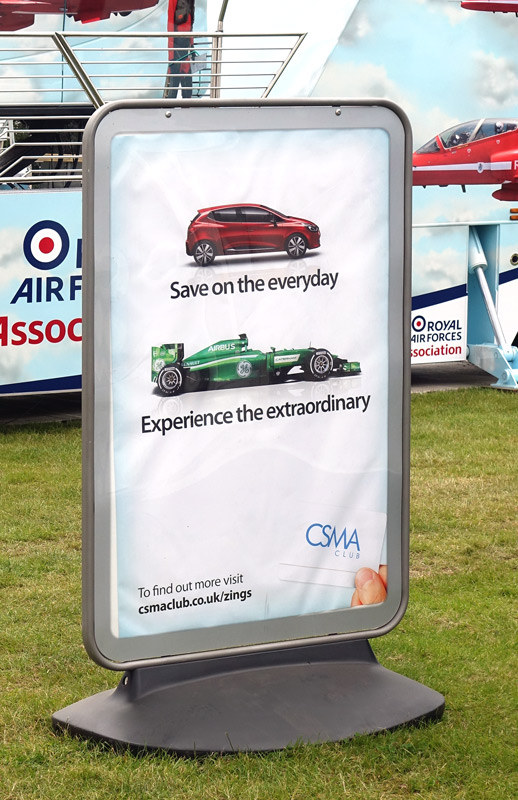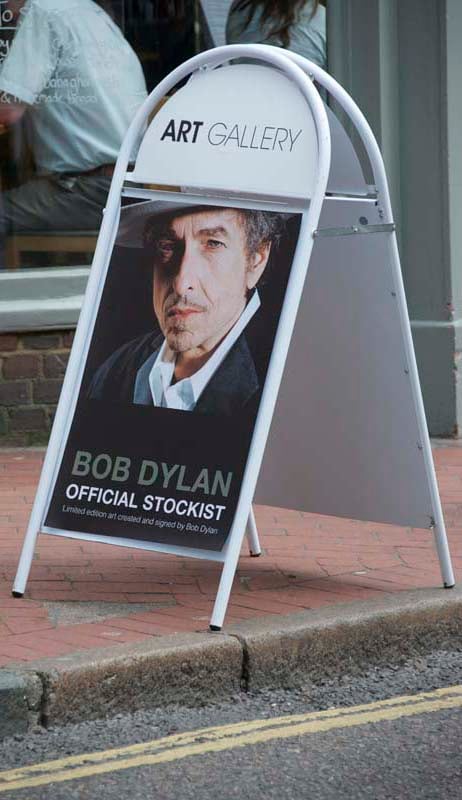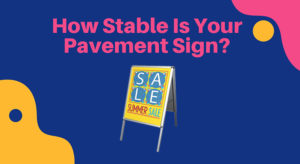You may be looking to purchase a pavement sign in the near future, or have one already but are unclear on the legislation surrounding them. A common question we get asked by our customers is what, if any, permission is needed by local authorities to display a pavement sign outside their premises. We’ll look to tackle that question and outline what constitutes responsible usage of the ubiquitous high street sign.

Responsible Pavement Sign Usage
One of our most popular product ranges are pavement signs, also commonly called A-boards or sidewalk signs. Pavement signs come in all shapes and sizes, but generally have the same fundamental aim to inform, direct and entice people. You will see them all over the world promoting business and attracting passers by into shops, pubs and restaurants on high streets. In the UK, local authorities have to strike a balance. Trying to keep the pavements a safe place for pedestrians, while hopefully helping business at a time when shopping trends are changing. There has never been so much pressure to remove ‘A boards’ from the high street, at a time when many bricks and mortar shops are under threat.

Do I Need Planning Approval or Permission to Display an A-Board?
Unfortunately, there is no straight forward answer as it depends on several different factors. Presently, there is no UK wide policy that covers pavement sign advertising because the guidelines differ from council to council and the rules are changing all the time. With this in mind the safest bet is to check with your local authority. In most cases, if you are going to place the A board on a public highway you need to get permission.

If you are using a sandwich board or A board on your own land, such as the enclosed area in front of a shop, a terrace in front of a cafe or a forecourt, in most instances there is deemed consent so you are ok as long as there are no issues with the highways authority. There are however exceptions, such as whether the sign is illuminated or not, so once again it is best to check with your local authority.

Conditions and guidelines set out by councils will vary, but the types of issues they may consider are:
- Will pedestrians be inconvenienced or endangered by the pavement sign? Particularly partially sighted pedestrians and wheelchair users.
- Is there a danger to highway users from distraction of the sign blowing into the road?
- Will there be a negative visual impact on the town or village?
- Is it a conservation area?
- Is your building listed?
- Is it in in a serviceable condition and well maintained?
- Will your a board obstruct or distract people’s attention away from the highway, signs and signals?
- In some instance the council will only allow information signs rather then purely promotional signs such as “SALE”.
Here are some planning guides that are currently being used by local authorities:
- Derby City Council A Board Guidance
- Hackney Councils Guidance
- Bristol Area Pavement Sign Guidelines
- Bournemouth A Board Guidelines
Pavement Sign Indemnity Insurance
One thing that is essential when considering the safety of your sign is to ensure that you have public liability indemnity insurance. This is to cover you if, as a result of your pavement sign, any person suffers an injury caused by your board. If for example they walk into your A-board, trip because of it, or even the unlikely event that it falls on them, you need to make sure you have adequate cover. Often you will be required to prove such cover before a council will give you permission to use the sign.
You can find more information about outdoor advertising planning in this guide produced by the UK Government.
There is constant pressure for councils to put pedestrians first. To hold onto the a-board as a cost effective tool for driving traffic to your shop or restaurant, we all need to be responsible when it comes to this popular form of advertising. Get permission, stick to the guidelines and above all use common sense. Sound off in the comments section below, or ask us any questions you may have and our display team will answer them for you.



